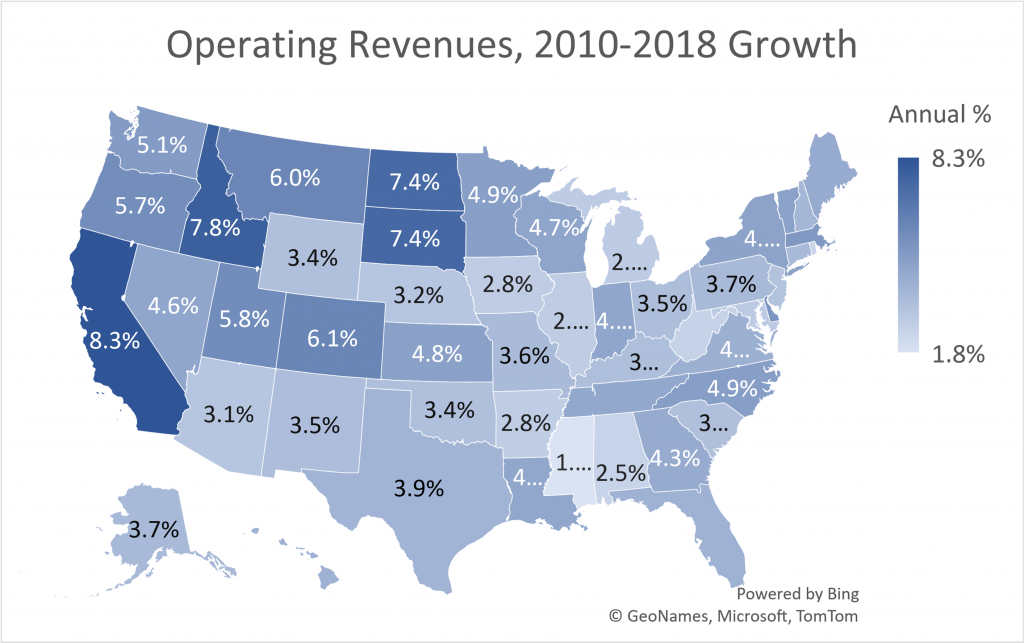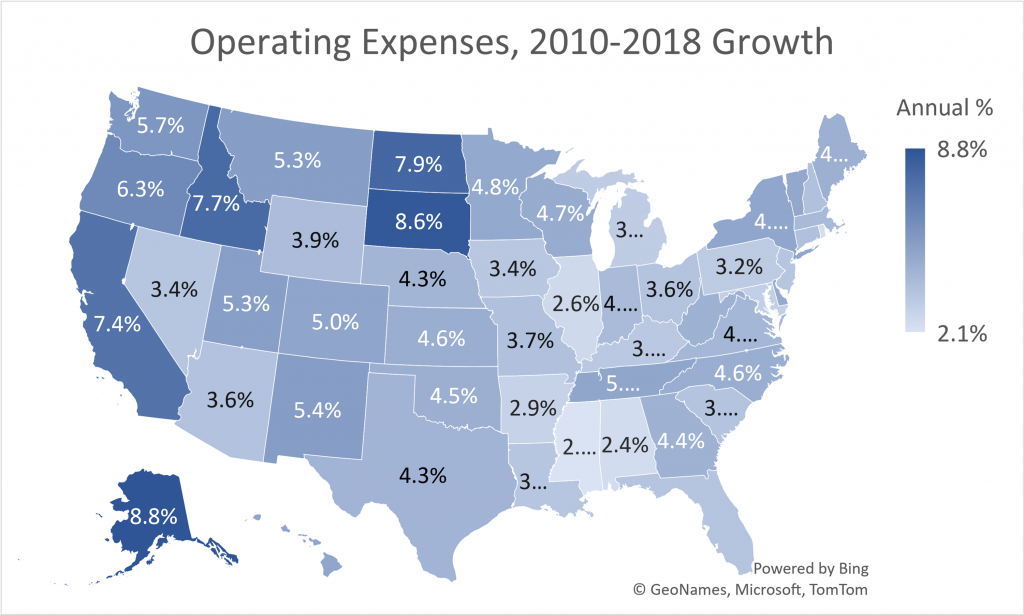BISMARCK, N.D. – Insurance Commissioner Jon Godfread today presented the North Dakota 66th Legislative Assembly Interim Health Care Study to the legislative Health Care Committee. During the 66th Legislative Session, the North Dakota Insurance Department was tasked with assisting Legislative Management in conducting an interim study of health insurance premium trends. The study is unique because the legislature foresaw the need to look beyond insurance carriers and authorized the collection of data from hospitals within North Dakota.
“I am proud of the work that was completed, the accuracy of the data and the in-depth policy options provided,” Godfread said. “This is just the beginning of the discussion and I look forward to continuing to work together with the stakeholders of this report as well as legislative leaders to benefit all North Dakotans.”
The report is an account of driving factors in the expense of health care and how they may impact the premiums consumers pay. The data, analysis and recommendations will be vital as state policy makers consider policies aimed at ensuring North Dakotans receive quality health care at a fair and reasonable price.
The report concludes that underlying medical cost drivers in North Dakota include rapid growth in hospital operating expenses as well as growth in average length of stay for patients (increased utilization) and admissions (discharges). Insurers’ administrative costs also grew rapidly in recent years, although they remain near national averages. Findings of Note in Hospital Costs:
- On a per-capita basis, hospital expenses in North Dakota were highest in the nation in 2017, and their growth rate of about 8% per year since 2010 was among the fastest in the U.S.
- That 8% growth was comprised of a 1.5% growth in utilization (inpatient days, outpatient visits, etc.) and about 6.5% growth in unit costs between 2010 and 2019.
- The hospitals’ largest expense is wages and benefits. Among the nine largest hospitals in North Dakota, aggregate wages and benefits grew by about 7% annually between 2010 and 2019. This growth, in turn, was comprised of employment growth of about 3% annually, and wage and benefit growth per employee of about 4%.
- North Dakota’s average wage per full-time equivalent employee (FTE) was about $90,000 in 2018, and wage growth was also among the fastest in the nation between 2010 and 2018.
- Several North Dakota hospitals are near the Minnesota border, which indicates they may be a net importer of patients. This has the potential to increase measures of North Dakota “per resident” costs.


The study was done in cooperation with a great number of stakeholders, including both hospitals and insurers.
“I want to personally thank them for their willingness to be open and transparent throughout the process. As with any study, different conclusions may be drawn from the data presented,” Godfread added. “However, those conclusions are best left to the policy making branch of our government. This study should serve as an opportunity to guide a discussion on health care delivery and health care insurance coverage in our great state.”
The study can be found in its entirety here. For more information, contact the Department at (701) 328-2440 or visit insurance.nd.gov.

